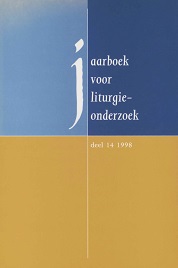Domkerk versus marktkerk als spiegel van een culturele transformatie
Abstract
The present study in church history aims to give an outline of the socio-cultural transformation that took place in medieval Europe between 1050 and 1300. I chose to concentrate on the region of the German Ostsiedlung, roughly Germany east of the river Elbe, because the history of these lands reflects the overall european development very sharply. A comparative analysis of the Dom-churches and Markt-churches of the region, seen as exponents of the transformation in society, reveals a big contrast. It is the contrast of rural and urban society, knights and merchants, mission and trade, the noble clergy and the citizens, romanesque heaviness and slender gothic rationality, it is the contrast of the Wehrkirche and the Rumeshalle. Three aspects of this contrast are closely examined in the present article. First the situation of the church in the town plan, secondly the church-architecture, and finally the furnishing of the interior. This comparative analysis lays bare a fundamental development that took place in Western-European society during the middle ages: the propelling power in civilization to a great extent shifted from the nobility and the clergy to the self-assured citizens. From the late 13th century on it was the citizens’ church that radiated the air of a cathedral, and it therefore placed the bishop’s church in the margin as an anachronism.


